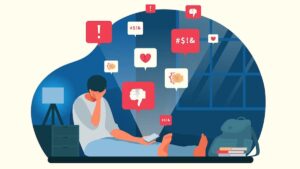The rules are changing: gaming reaches the healthcare sector to improve patient wellbeing
Gamification in health is defined as a strategy that combines game elements and mechanics with health and wellness. Its objective is to motivate people to adopt healthy habits, improve their physical and mental wellbeing and compliance with medical treatments. This technique motivates the promotion of positive behaviors in patients such as, for example, maintaining a balanced diet, following an exercise plan, taking medications, disease control, among others.
This tool has many benefits in the healthcare industry, such as reaching different audiences, boosting learning and maximizing dissemination. The most common characteristics of gamification in healthcare are many, including: points and rewards; feedback and tracking; competition and collaboration; and storytelling. New technologies have led to the development of different software to encourage these activities carried out by patients, such as monitoring and management applications, physical activity programs, among others. MySugr is an example of an application that belongs to gamification in health. It helps patients with diabetes to track their disease, and incorporates challenges to improve adherence and promote a healthy lifestyle. Another example is Mango Health, which helps patients to maintain a healthy lifestyle with the right habits. And last but not least, a very interesting example to highlight is Quit Genius, an application designed to help patients addicted to tobacco. It uses gamification and cognitive behavioral therapy to help users who want to quit smoking. Users can not only follow their progress, but also obtain rewards and recognition throughout the treatment.
The fact that everything is in game mode – hence the name gamification – generates an increase in patients’ motivation and commitment to their health. At the same time, they reduce stress and anxiety through these playful activities. Another very important fact is that it favors learning about health and self-care in both patients and professionals. Although these treatments can be self-managed by the different patients with these powerful tools provided by the applications, counseling and treatments with health professionals should not be left aside. These applications are simply a complement to improve the treatments and the patient’s wellbeing.




